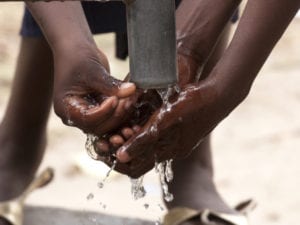Western Cape dam level storage is better and healthier, following the worst drought in 2017/18.
This is all thanks to the collaborative efforts of different spheres of government and other sectors that pulled out all the stops to ensure uninterrupted water supply during the drought. According to the March hydrological report, the Western Cape Water Supply System (WCWWS) is currently at 62,11% as compared to 51.63% last year same time last year. The Theewaterskloof Dam which is the largest dam in the Western is at 56, 88% as compared to 10,60% in March 2018. While the dam levels have improved, the Department of Water and Sanitation (DWS) has said it remains concerned about the Gouritz River System on the Eastern parts of the province (Central Karoo, Klein Karoo and Garden Route Region). This catchment has received inadequate rainfall in the last three rainy seasons. “As we all aware, our country is facing a water crisis caused by recurrent droughts driven by climate change, deteriorating water quality. It has become clear that the effects of climate change have dire consequences to water supply. “Given this, water users are encouraged through the National Water and Sanitation Master Plan to implement projects on alternate sources to decrease reliance on surface.” Therefore, the department has called upon all citizens in particular high end water users to:
- To reduce demand
- To explore alternate water sources without delay
- Fix water leaks in industry, agriculture and household
- Explore groundwater
- Recycling
- Storm Water Management and Desalination








